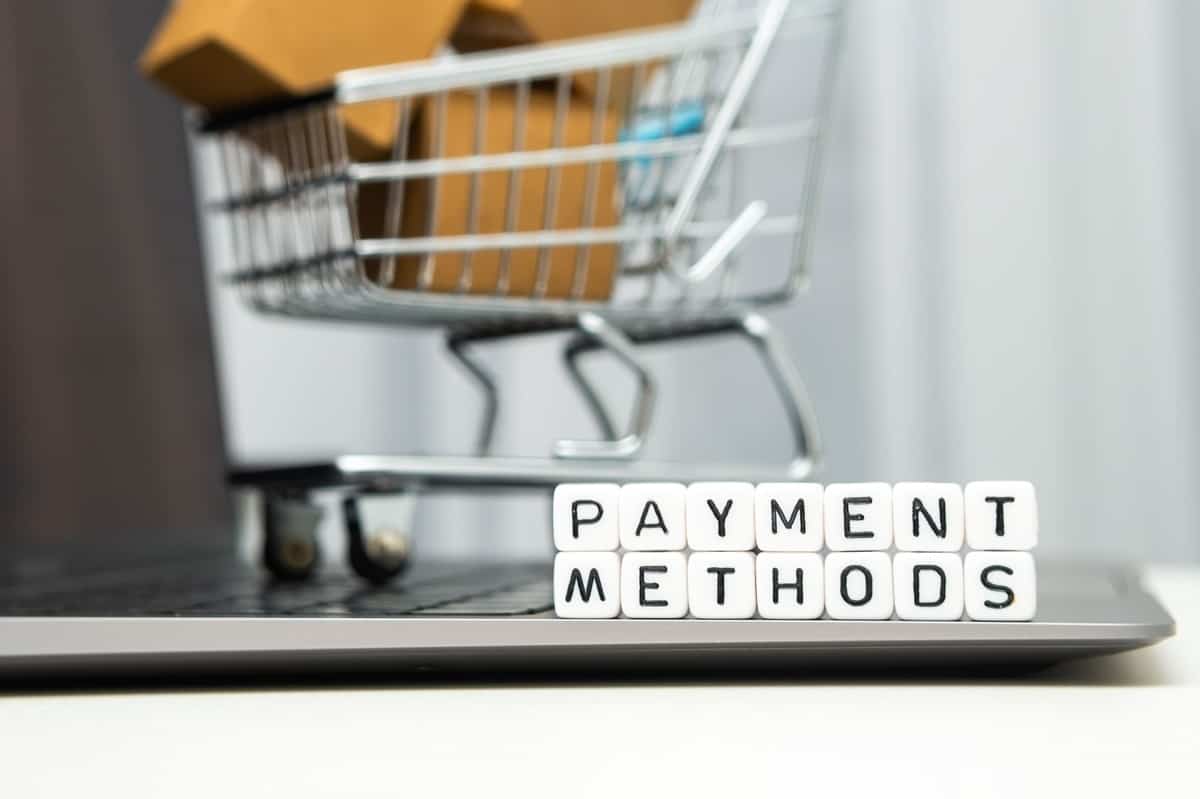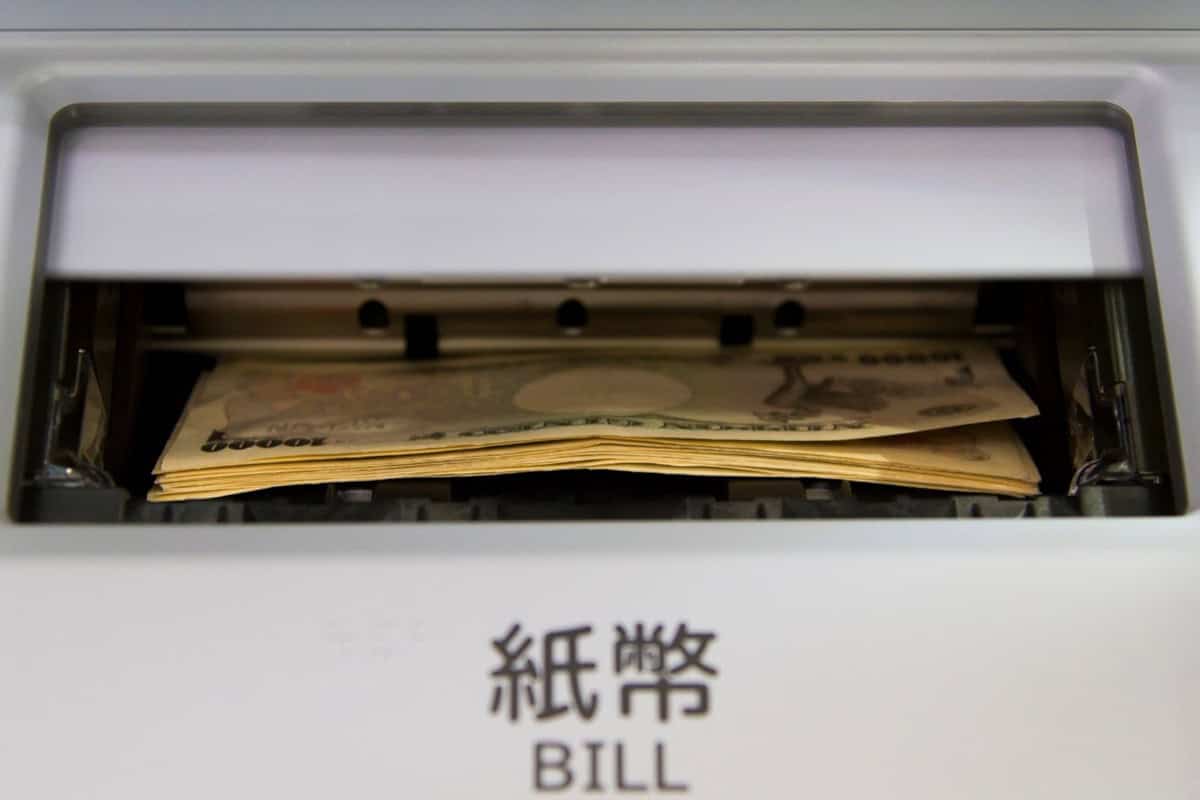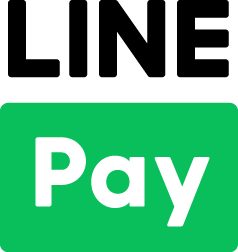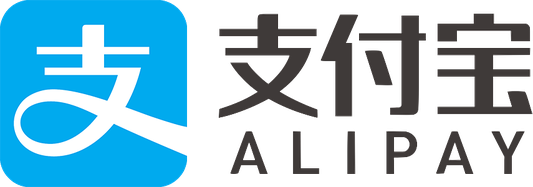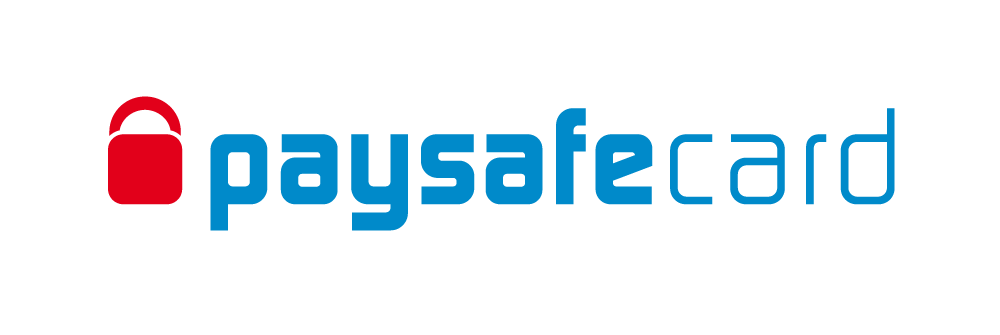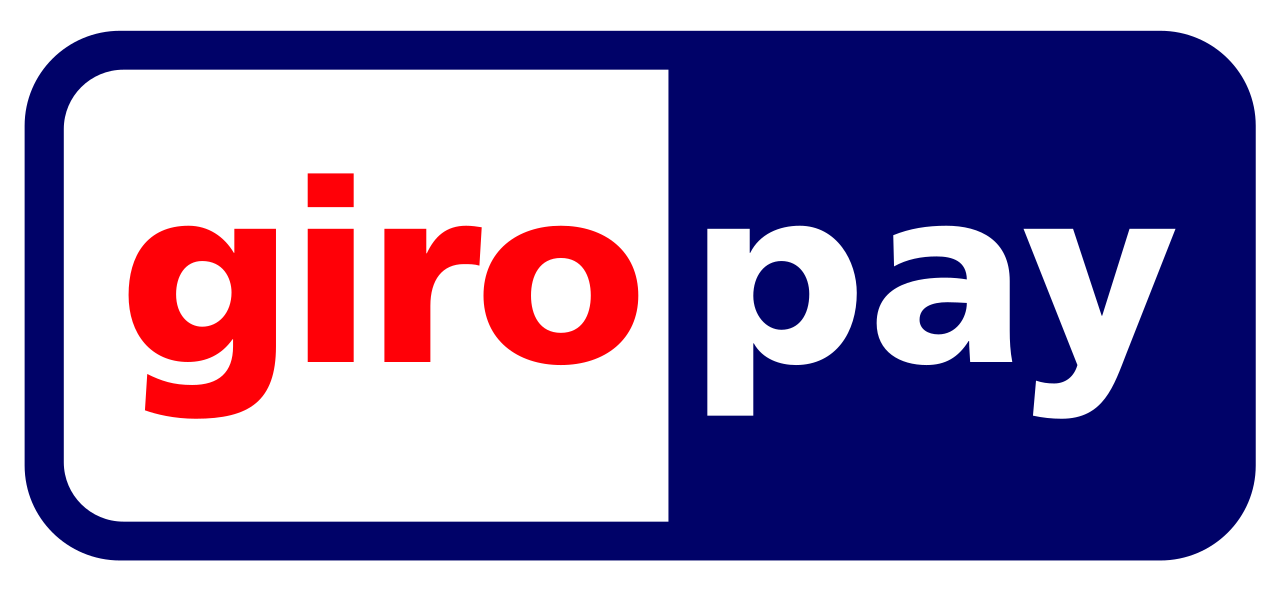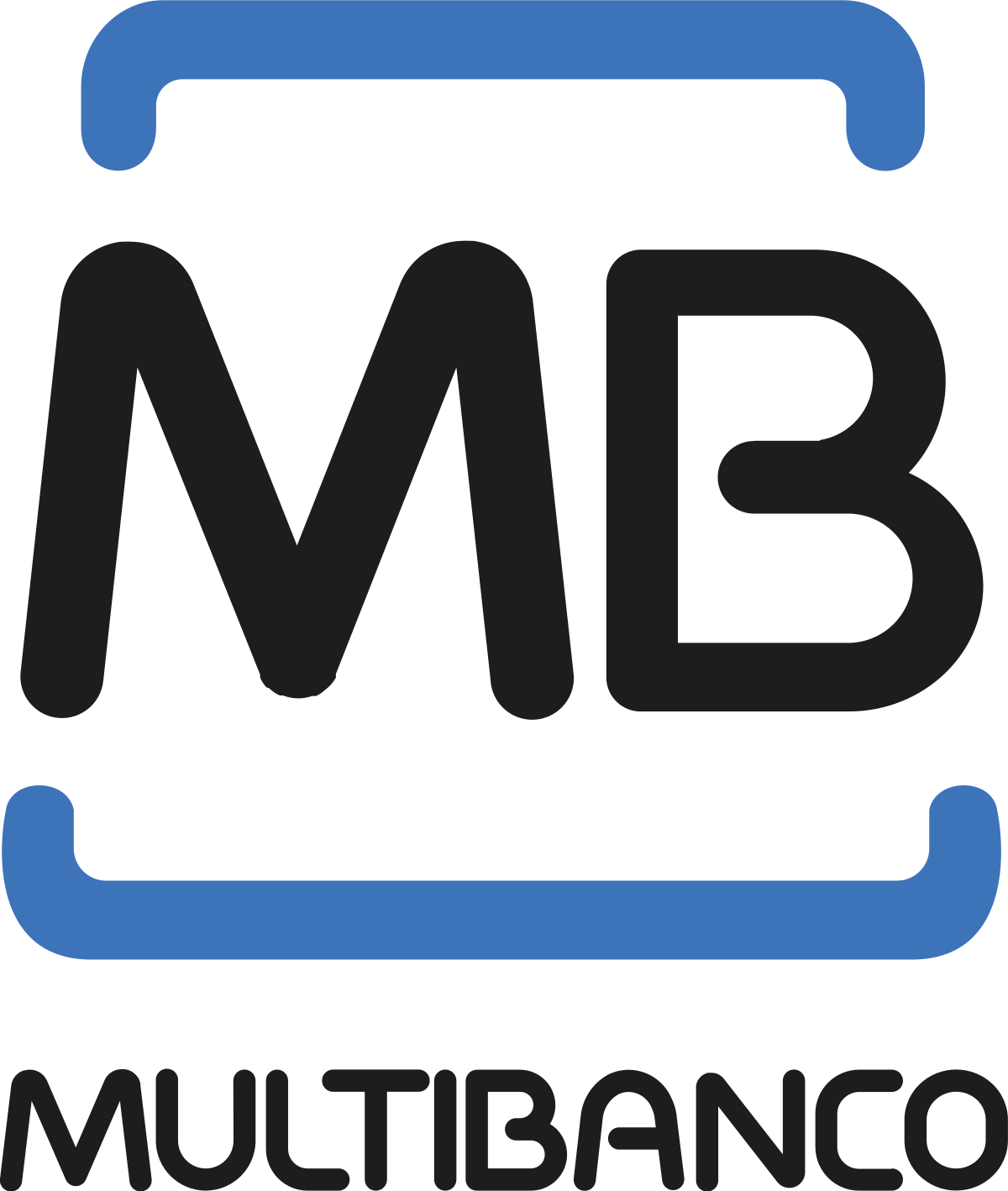
We help businesses accept payments online.
Offering carrier billing as a payment option can attract a wider customer base for eCommerce stores, especially those who often make small payments—particularly for digital content, such as in-game purchases. The average carrier billing transaction amount in South Korea is just under 4 USD.
By integrating KOMOJU, a global payment gateway, businesses can easily support carrier billing alongside other popular payment methods in South Korea. This will give their customers a better, more familiar checkout experience and potentially increase their market reach.
This article will explain carrier billing, how it works, and the major players in South Korea’s competitive telecommunication industry.
What is Carrier Billing

Carrier billing allows consumers to charge purchases directly to their mobile phone bill, which is then paid along with their monthly telecommunications charges. Designed for ease of use on mobile devices, payments are typically completed by entering a mobile phone number, receiving an authentication code, or simply opening an app.
In South Korea, carrier billing (or 핸드폰 소액결제, haendeupon soaeggyeolje, “mobile phone small payment”) is defined as a “telecommunication billing service” within the country’s information and communication sector. Legally, it refers to a service where telecommunications companies bill and collect payments for third-party goods or services, combining these charges with their own service fees.
Although mobile payments through credit cards and digital wallets are more popular in Korea, mobile billing remains widely used, particularly for its convenience and accessibility to users without a credit card.
The total transaction amount for carrier billing grew from KRW 1.8 trillion in 2010 to KRW 4.8 trillion in 2019—or an annual average of 11.8%, stabilizing around 5% since 2020. Mobile billing is also accessible to younger users, with some carriers offering it to those as young as 12 for specific services, broadening its reach.
How Does Carrier Billing Work in South Korea?
To use carrier billing in South Korea, users select the carrier billing payment method and enter their mobile phone number at checkout. Other information may also be needed (E.g., date of birth), followed by an authentication code sent to their phone via SMS or the mobile carrier app.
The purchase charge will appear on the user’s phone bill for the month following the transaction. Transaction limits can vary depending on the mobile service provider, typically from KRW 300,000 to KRW 1,000,000.
If a refund is requested within the month of purchase, the charge will not appear on the phone bill. However, if the refund occurs after the billing month, the amount will be refunded to a bank account registered under the user’s name.
Overview of Leading Mobile Carriers in South Korea
Three leading companies dominate South Korea’s mobile telecommunications market: SK Telecom, KT Corporation, and LG Uplus.
SK Telecom
SK Telecom dominates the South Korean mobile market, with over 48% of the market share as of 2023. The company reported a net profit of 1.14 trillion won, roughly 839 million USD, highlighting its financial leadership. SK Telecom’s robust network and early adoption of 5G technology reinforce its top position.
- Monthly Limit: The default limit for mobile billing is 1 million won per month.
- Limitations: Users under 19 must obtain consent from a legal representative, with a possible monthly limit of up to 300,000 won.
- Age Restriction: Users under 12 are not eligible to register.
KT Corporation
KT Corporation held about 28.5% of the market share in 2023, making it the second-largest mobile carrier in South Korea. The company posted a net profit of nearly 989 billion won in the same year.
- Maximum Monthly Limit: The default maximum limit for mobile phone micropayments is 1 million won monthly.
- Payment History: Depending on the customer’s history of non-payment or delinquency, the monthly limit may be reduced to 300,000 won.
- New Account Restrictions: New accounts may have a temporary usage limit of 40,000 won to prevent fraud and protect customers.
LG Uplus
LG Uplus, with a more modest share, is the third-largest carrier in the market. It reported a net income of around 630 billion won in 2023.
- Monthly Limit: Up to 1 million won.
- New Customers: New customers may be limited to 300,000 won.
Low-Cost Carriers (MVNO) Supporting Carrier Billing

An MVNO, or Mobile Virtual Network Operator (가상 이동통신망 사업자, gasang idongtongsinmang sa-eobja), is a budget phone provider offering mobile communication services by leasing networks from major operators (MNOs).
In South Korea, some MVNOs lease network capacity from multiple major telecom operators like SKT, KT, and LG U+, allowing them to offer diverse plans under different brand names. Others operate exclusively on a single network, restricting their service offerings to that specific carrier’s infrastructure.
From the user’s perspective, carrier billing with MVNOs functions similarly to that of major carriers. MVNOs manage their carrier billing systems independently of the major networks they lease from. Depending on their partnerships, they issue bills directly to their customers for all mobile services. They may also offer carrier billing for additional digital services and purchases.
There are numerous MVNO and low-cost carriers in South Korea, but here are a few examples:
Hello Mobile
Hello Mobile, owned by LG HelloVision, launched in 2012 as a budget mobile service provider in South Korea. Initially, it operated by leasing networks from KT and SK Telecom but now primarily uses the LG U+ network, aligning with its parent company, LG. This shift reflects its focus on integrating with LG U+’s infrastructure. Its main competitor is typically considered U+U Mobile, a member of the same LG U+ family. Despite its cost-effective plans, Hello Mobile faces challenges like limited customer service and reduced benefits compared to larger carriers.
SK 7mobile
SK7 Mobile is a budget phone brand operated by SK Telink, known for offering cost-effective mobile plans. However, SK7 Mobile has recently restructured its offerings, raising basic fees and discontinuing several low-margin rate plans to improve profitability. This shift is part of a broader industry trend among budget carriers in South Korea, focusing on enhancing profits by promoting 5G plans and increasing basic rates.
T Plus
T Plus is a budget phone brand operated by South Korea Cable Telecom (KCT), which Taekwang Group owns. T Plus provides affordable mobile services by utilizing the networks of SKT, KT, and LG U+. As a partial reseller, KCT manages its own network, allowing T Plus customers to change rate plans and services online. T Plus was also the first telecommunications company in South Korea to introduce eSIM technology.
Advantages of Carrier Billing in South Korea
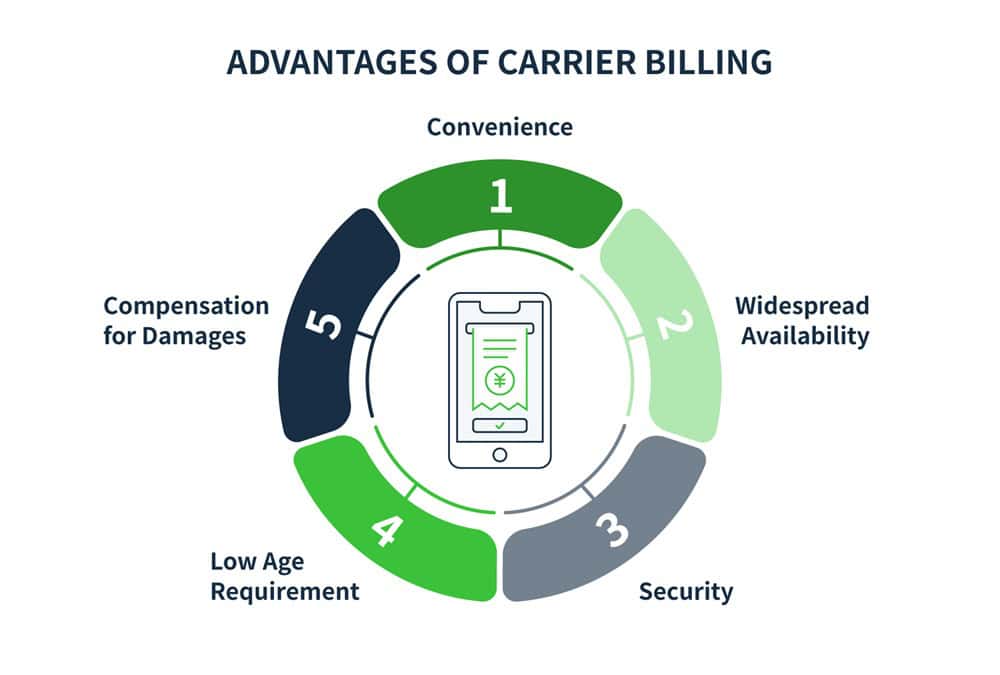
Below are some advantages of carrier billing in South Korea:
Convenience
Carrier billing allows users to make purchases directly through their mobile phone accounts without entering credit card details or other payment information. This simplifies the payment process and makes it more accessible for many users.
Widespread Availability
Carrier billing is supported by all major mobile networks (SKT, KT, and LG U+) and many MVNOs in South Korea, making it a universally available payment method for various digital services, apps, and online platforms.
Security
Carrier billing includes features like a user-defined PIN for authentication, protecting users from payment fraud such as smishing, loss of the mobile phone, or misuse by others. Using an OTP (One-Time Password) keyboard, which changes positions each time, adds a layer of security.
Low Age Requirement
Major carriers have reduced the age restriction for mobile phone payments from 19 to 12 years old, allowing younger users to make payments with parental consent.
Compensation for Damages
Customers using carrier billing are protected against damages resulting from crimes like hacking. If such an incident occurs, the service provider will compensate the user for the damage amount, offering financial reassurance.
Disadvantages of Carrier Billing in South Korea
Below are the disadvantages of carrier billing in South Korea:
Monthly Limits
Mobile carriers often restrict the types and amounts of purchases that can be made using carrier billing. For example, most carriers have monthly limits or exclusions for certain services, which could be inconvenient for users who want to use carrier billing for large purchases.
Overspending Concerns for Minors
There are concerns about minors overspending with carrier billing. Previously, there was no age restriction for content purchases (E.g., in-game content). Excessive mobile payments by children are a social issue in South Korea, prompting telecom companies to implement age restrictions (12 and older) and require parental consent.
Exploits and Fraud
Carrier billing fraud often involves deceptive practices such as automatically enrolling users in recurring payments without explicit consent or using phishing tactics to trick users into making payments. Fraudsters may send fake notifications or texts that prompt users to access malicious websites where their authentication details are stolen.
It is important to be vigilant and carefully review any payment prompts or notifications. Users should regularly check their mobile bills for unauthorized charges and avoid clicking on suspicious links in texts or emails. Ensuring that all mobile payment transactions are secure and verified can help protect against these types of fraud.
Limited Growth Potential
Since mobile billing has not seen significant growth in recent years, it may not be worth the investment for merchants. As other mobile payment methods like credit cards and digital wallets become more popular in South Korea, merchants might find greater value in focusing on these alternative payment methods. Nevertheless, mobile billing remains in use, particularly for small purchases and digital content.
How to Use Carrier Billing with South Korean Carriers
For most carrier billing services in South Korea, the payment process typically follows these steps:
- Select Product: Choose the desired product from a merchant that supports carrier billing.
- Choose Payment Method: When ready to pay, select carrier billing as the payment method.
- Identity Verification: Enter the necessary information for identity verification, such as the mobile phone number, the user’s birthday, gender, or the first seven digits of the resident registration number.
- Enter Authentication Code: An authentication code will be sent via SMS. Enter this code to confirm the transaction.
- Complete Payment: Once the authentication is verified, the mobile phone payment is successfully completed.
Summary
Carrier billing in South Korea offers a convenient payment method that allows consumers to charge purchases directly to their mobile phone bills, which are paid alongside their monthly phone charges.
Despite the growing popularity of credit cards and digital wallets, carrier billing remains a vital option, especially for younger users and those without bank accounts. The service is supported by all major telecom operators and many MVNOs, offering widespread availability and accessibility. While the growth of carrier billing has been limited, it remains a relevant option for those without traditional payment methods like credit cards and minors.
By integrating KOMOJU, businesses can easily adopt carrier billing, providing customers with a standard payment option in South Korea’s digital marketplace.
KOMOJU supports three major South Korean carriers – SKT, KT, LGU+, as well as low-cost carriers – Hello Mobile, SK 7mobile, KCT.
Ready to integrate South Korean carrier billing?
Sign up on KOMOJU to offer your customers a carrier billing payment option.
If you’re unsure if carrier billing is the right payment method for your eCommerce site, why not talk to our payments expert to learn more about carrier billing and other South Korean payment methods?
FAQs
Below are frequently asked questions about carrier billing in South Korea.
Carrier billing in South Korea is generally safe. It includes security features like SMS authentication and identity verifications, which help protect against fraud and unauthorized use. However, as with any payment method, it’s important to regularly check mobile bills for unauthorized charges and avoid clicking on suspicious links.
Carrier billing is chosen for its convenience and accessibility, especially by users who may not have access to credit cards. It simplifies the payment process by allowing purchases to be charged directly to the mobile phone bill, which can be particularly appealing for younger users or those looking for a quick and easy payment method without the need for entering detailed financial information.
Carrier billing can be used for various digital goods and services, including app purchases, in-game content, streaming services, online subscriptions, and even physical goods in specific online stores. The charges are added directly to the mobile phone bill, making carrier billing convenient for small—to medium-sized transactions.
If the user pays their mobile phone bill in cash (including bank transfer) and the transaction includes a purchase made through carrier billing, a cash receipt will be issued specifically for carrier billing.

We help businesses accept payments online.

